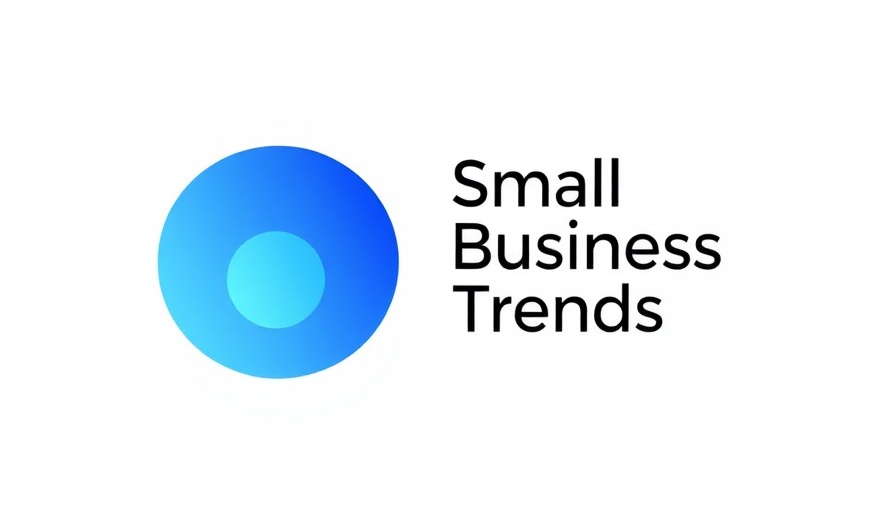
Unlocking the Secrets to Successful Remote Onboarding
In today's fast-paced business world, successful remote onboarding has become more critical than ever. The difference between a new hire who flourishes and one who falters often lies in the onboarding process. Organizations must prioritize clear communication, structured plans, and robust team engagement activities to make the transition smooth and effective. With effective strategies, companies can enhance both retention and productivity, laying the groundwork for a cohesive remote working environment.
Building a Solid Foundation: Clear Communication Channels
Setting up clear communication channels is one of the first steps toward achieving a successful onboarding experience. Effective communication not only enhances collaboration but also significantly boosts the confidence of new employees. According to a report, 72% of business leaders are actively seeking better communication tools to foster collaboration and minimize wasted time. Platforms like Pebb, which integrate chat, video calls, and project tracking, can transform interactions by creating a centralized hub for all communications.
Moreover, defining explicit communication protocols is essential. Many employees struggle with collaboration tools; 64% report difficulties in maintaining effective communication at work. Organizations should implement regular check-ins to strengthen communication habits and ensure that new hires feel supported and connected.
A Well-Defined Onboarding Plan: The Roadmap to Success
Creating a structured onboarding plan tailored to an organization's specific needs is vital for integrating new hires into the company. Effective onboarding should include detailed pre-boarding logistics, such as ensure that workstations and IT equipment are ready before the first day. Tailoring onboarding to include regular check-ins helps support employee engagement and offers opportunities for feedback, ensuring that new hires are not just passively integrated but actively participating in their transition.
The Power of Personalized Frameworks
A customized onboarding framework maximizes the potential for retention and productivity. Organizations can employ a structured 30-60-90 day plan that guides new recruits through important tasks while aligning them with organizational goals from day one. Reports indicate that only 12% of employees rate their onboarding processes as excellent, which highlights a massive opportunity for improvement through effective remote onboarding strategies.
Key components of a personalized framework might include comprehensive onboarding checklists, one-on-one meetings with managers, and team introductions, all tailored to facilitate a smooth adaptation. Regular updates to the onboarding framework based on continuous feedback are vital to keep it relevant and effective.
Fostering Team Connections: A Sense of Belonging
While structured plans are essential, fostering connections among team members plays a significant role in the onboarding process, especially in remote settings. Integrating virtual icebreaker activities and informal interactions can help break down barriers and combat feelings of isolation that remote workers might experience.
Assigning welcome buddies is another effective technique to enhance the sense of belonging, as it encourages new hires to connect with experienced colleagues who can guide them through the nuances of the organization. Positive interactions during the onboarding phase can lead to higher job satisfaction and a stronger commitment to the company culture.
The Importance of Setting Goals: Clarity and Accountability
Setting measurable goals during the onboarding process is crucial for enhancing productivity and retaining employees. Clearly defined objectives provide new hires with a roadmap for their contributions and help them understand how their roles fit into the bigger picture of the organization's mission. Regular discussions about these goals during onboarding ensure that new employees remain focused and feel a sense of accountability.
Celebrating Milestones: Motivation Boosters
Finally, celebrating milestones during the onboarding process not only serves as a recognition tool but also enhances motivation. Acknowledging achievements fosters a positive work environment and demonstrates the organization's commitment to its employees' growth and success. Utilizing metrics to celebrate these milestones further reinforces the connection between personal success and the collective achievements of the team.
In conclusion, mastering remote onboarding is not just about filling out paperwork and setting up workstations. It is an art that requires thoughtful planning, clear communication, structured framework, and active engagement. By applying these strategies, businesses can significantly transform their onboarding processes, ensuring that new hires feel valued, integrated, and prepared for success.
 Add Row
Add Row  Add
Add 



Write A Comment